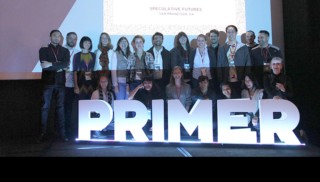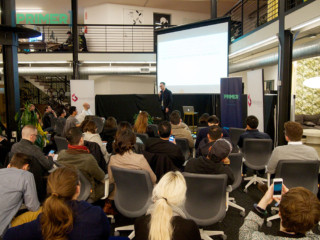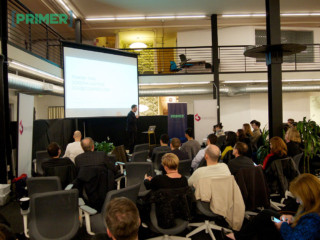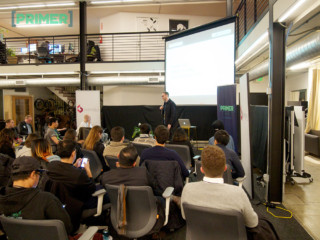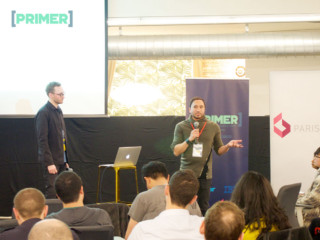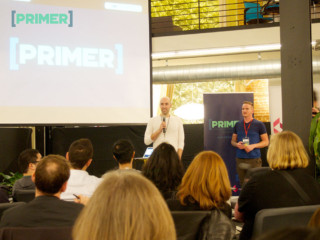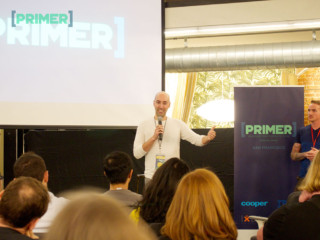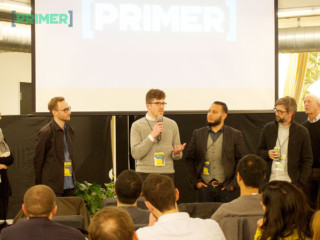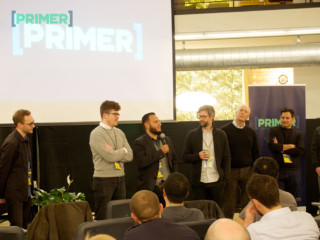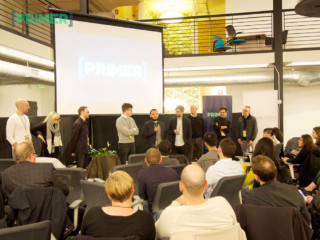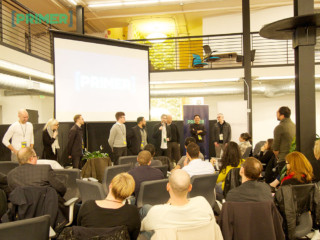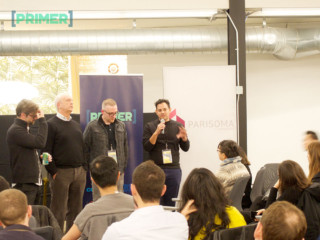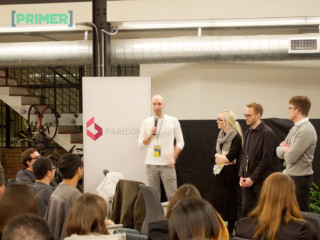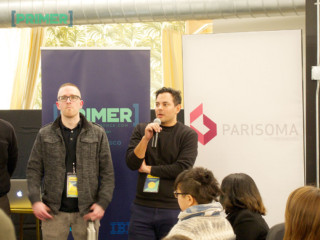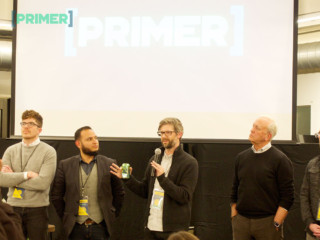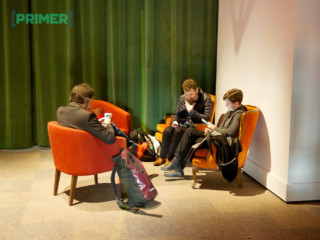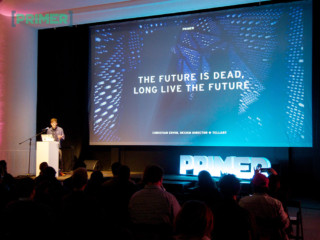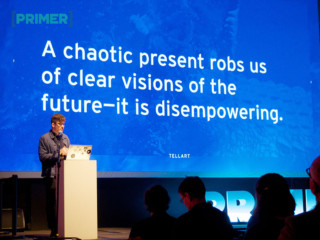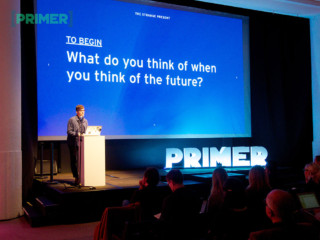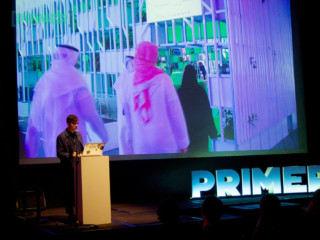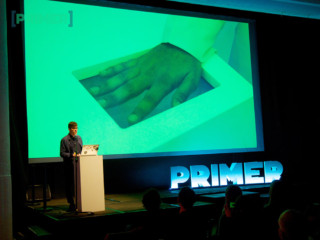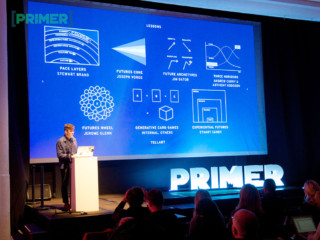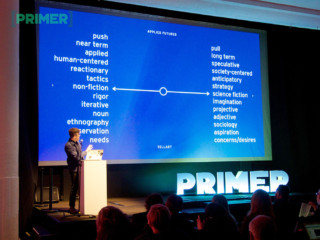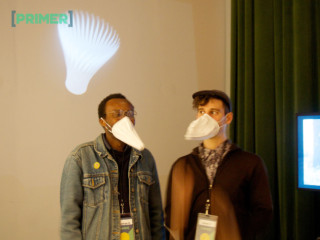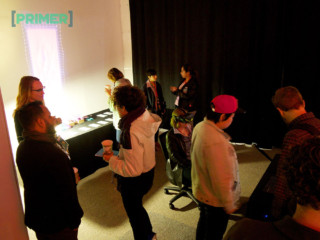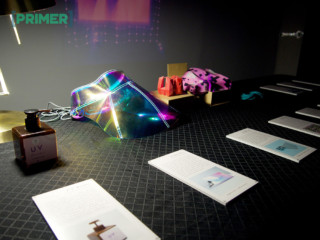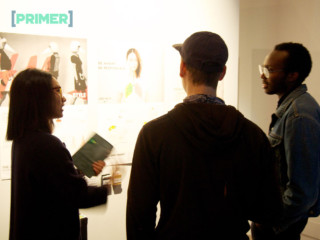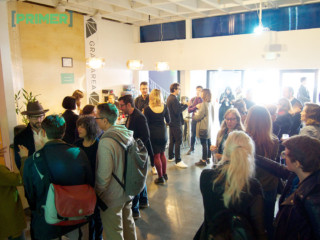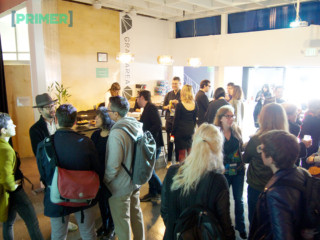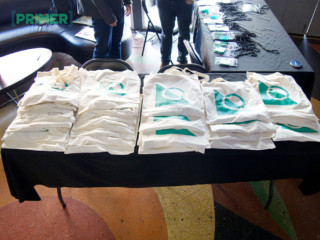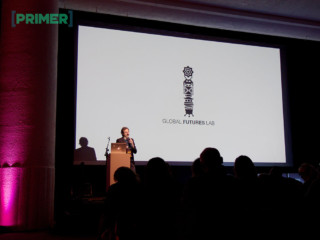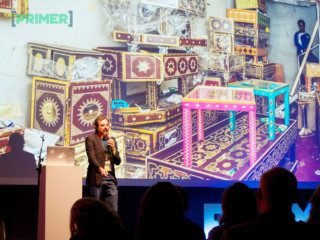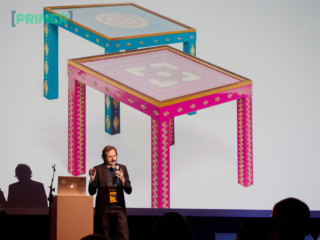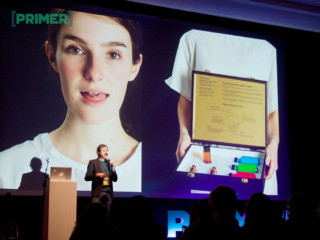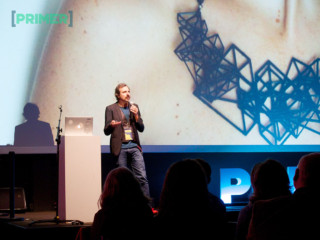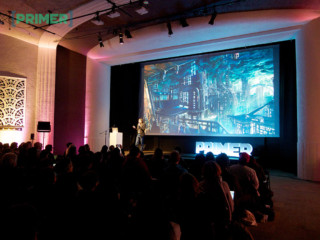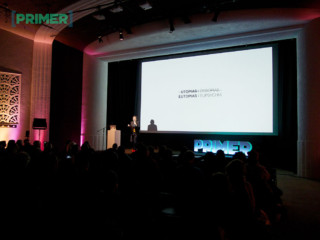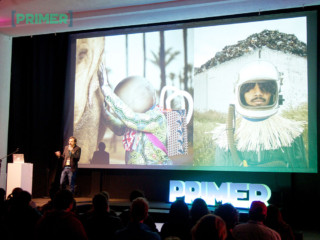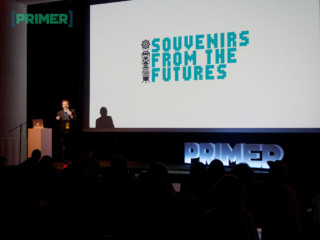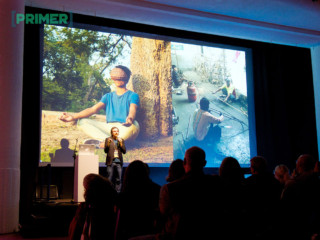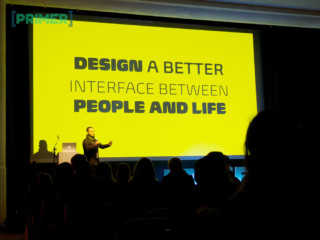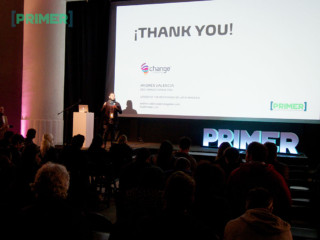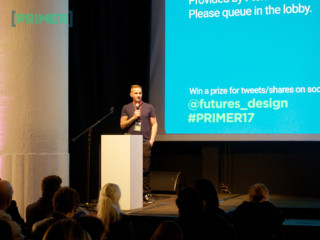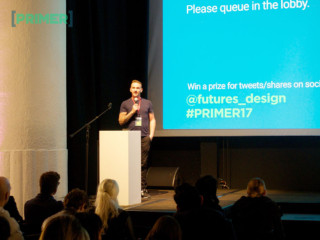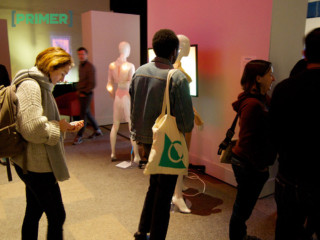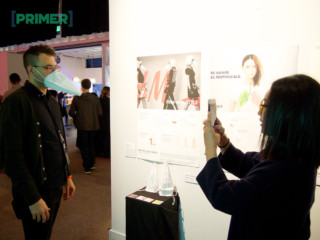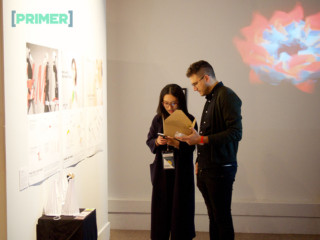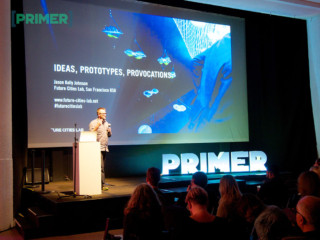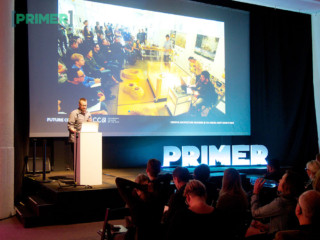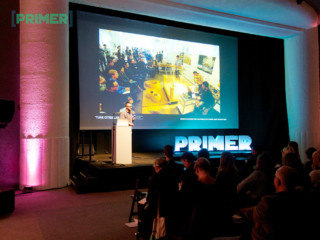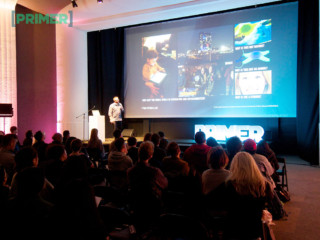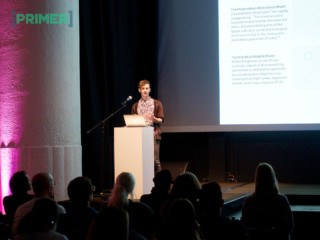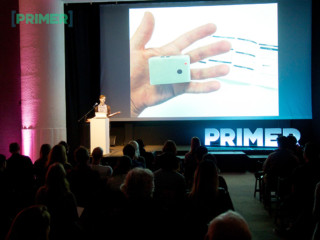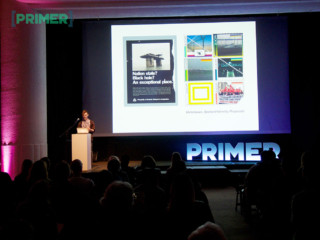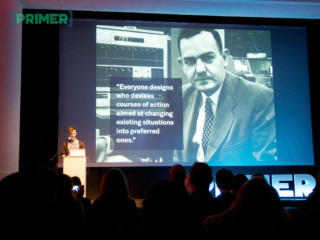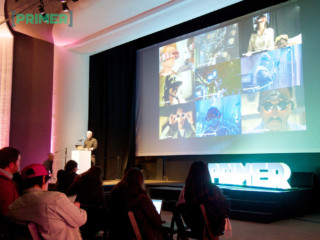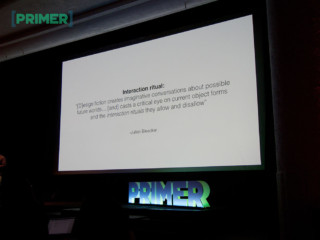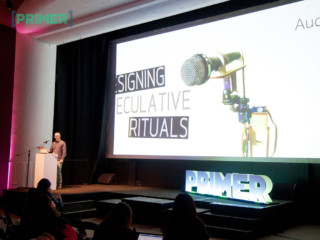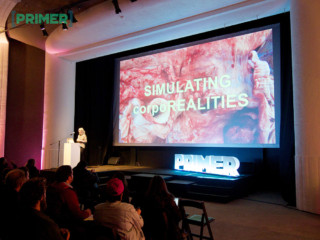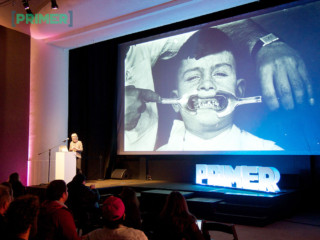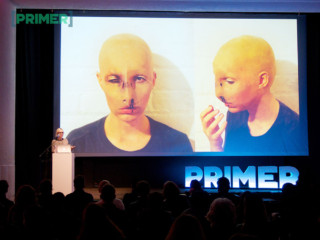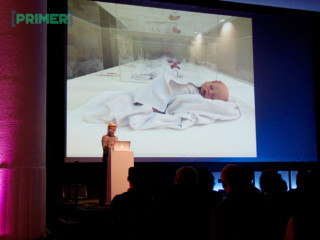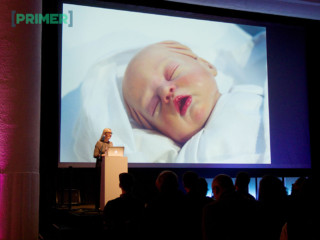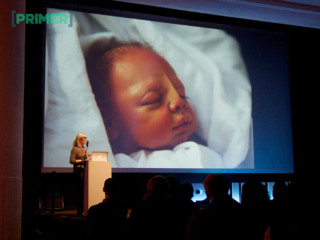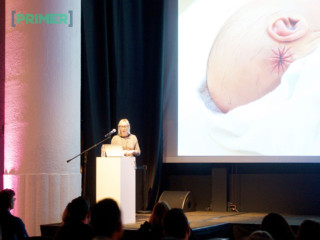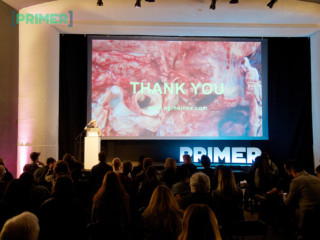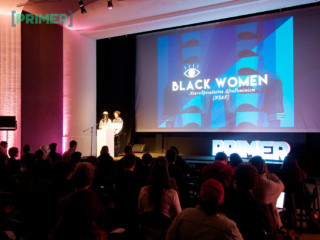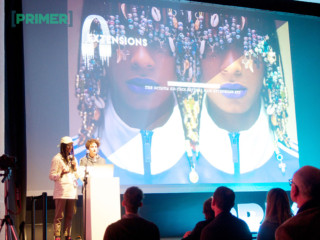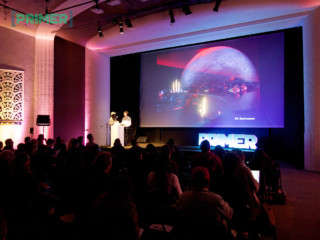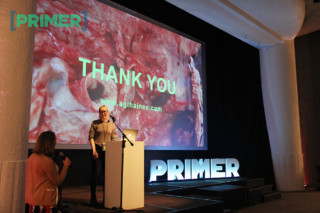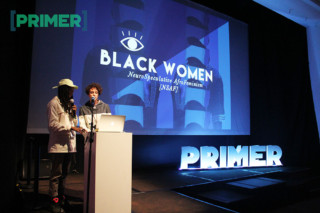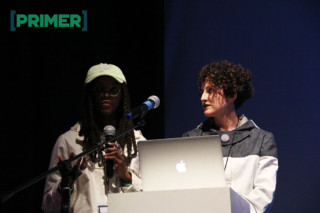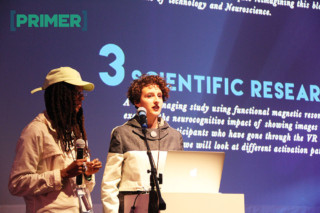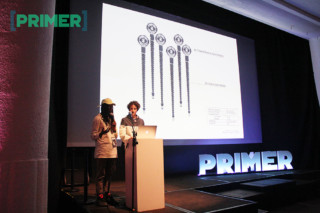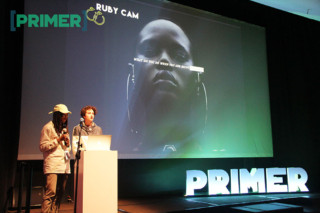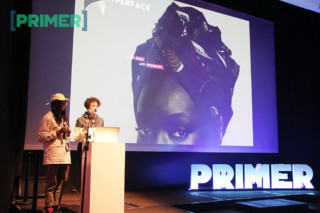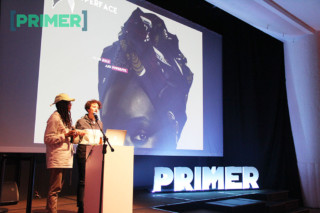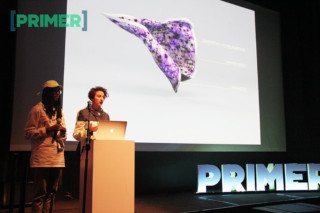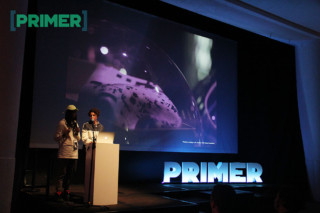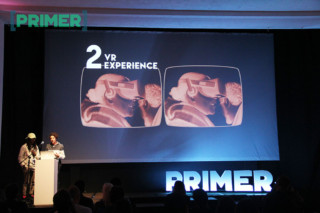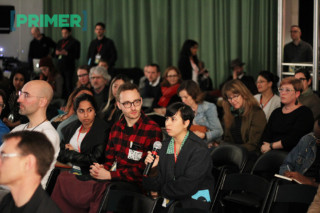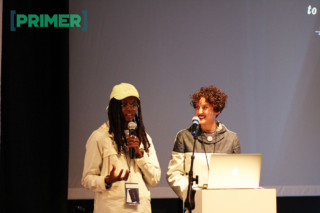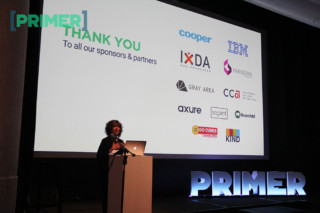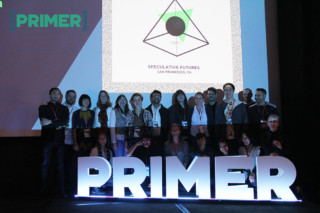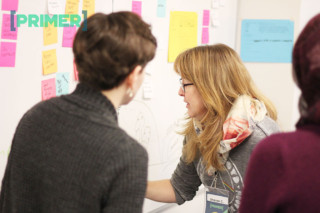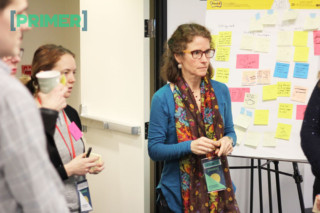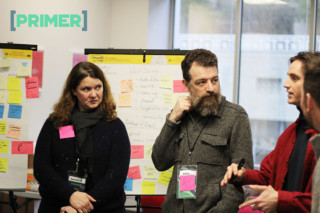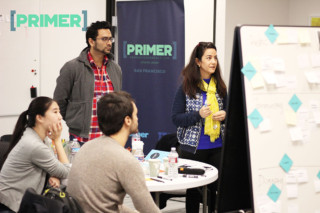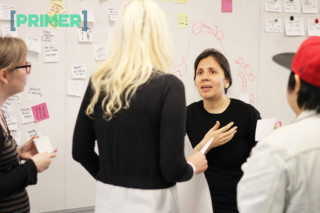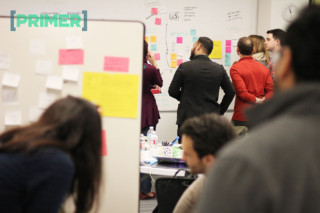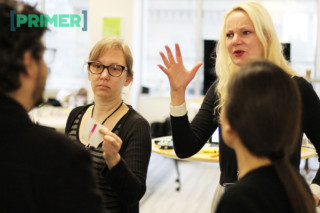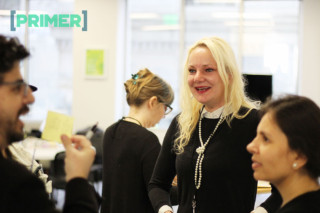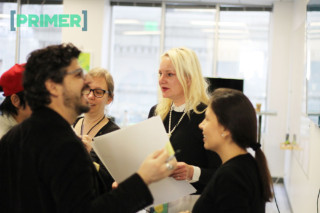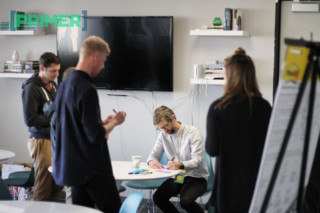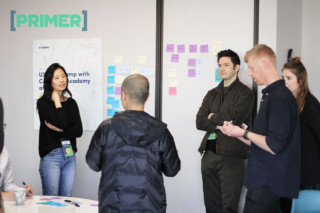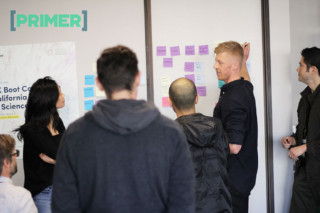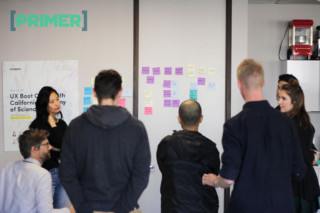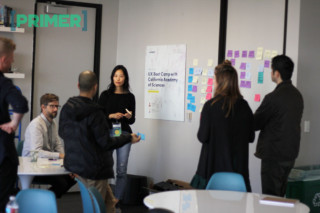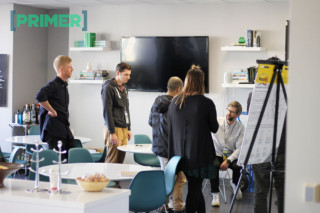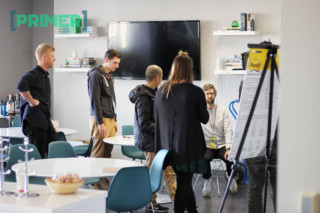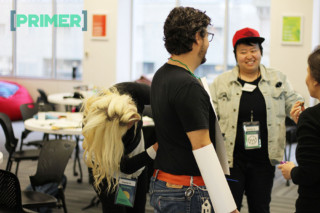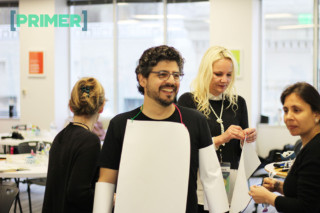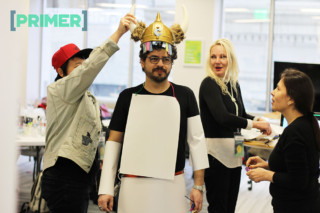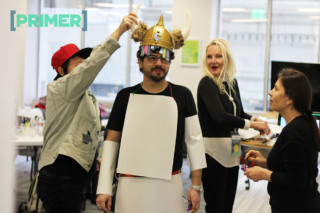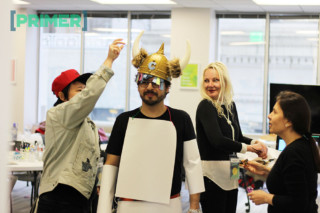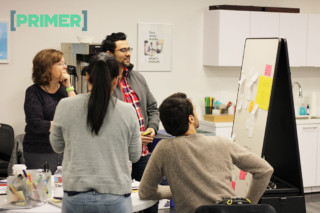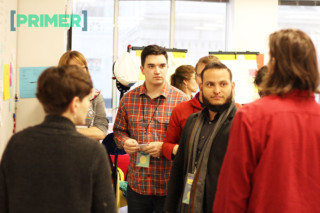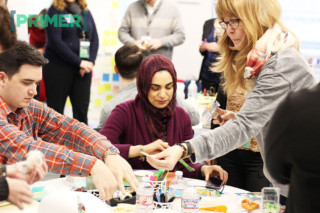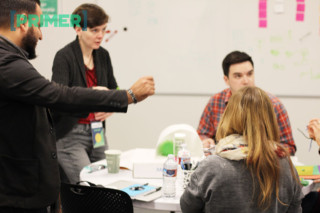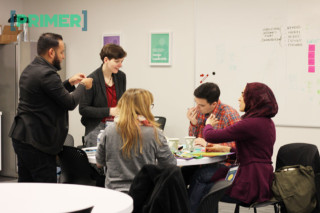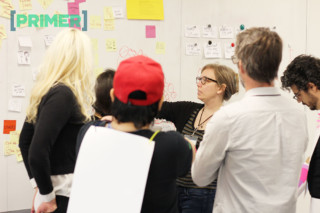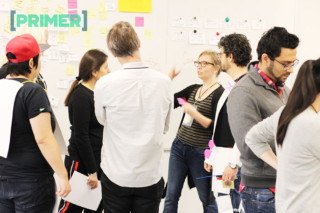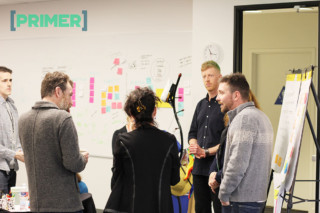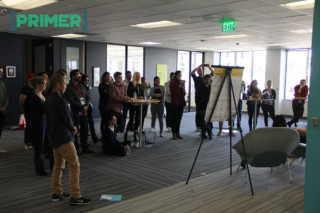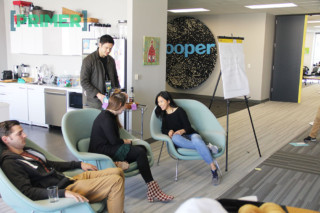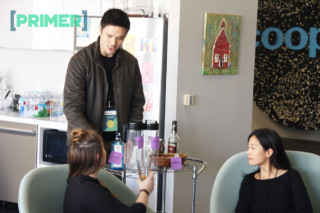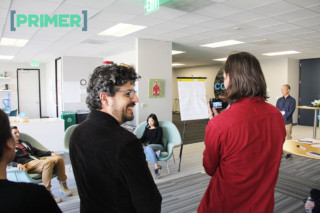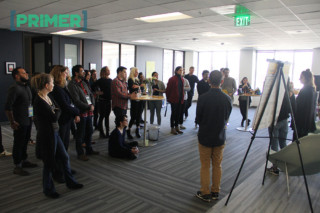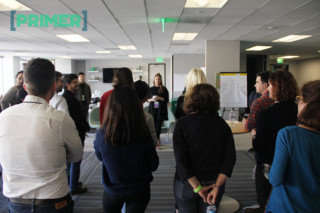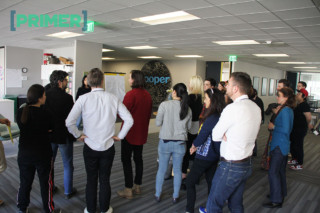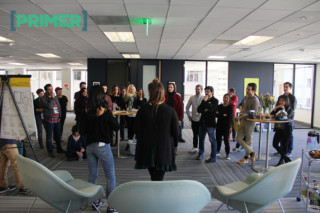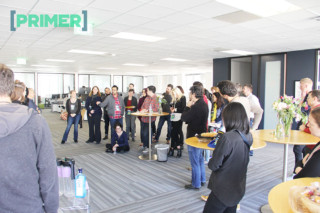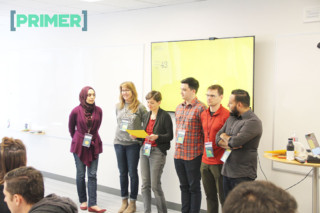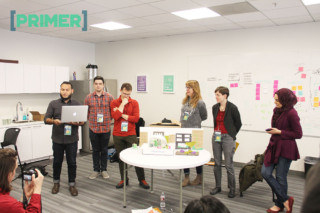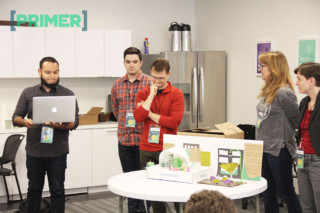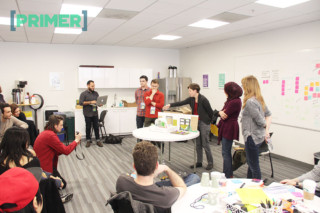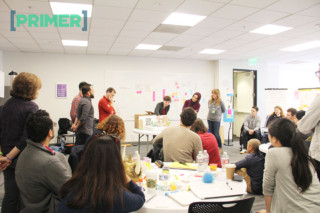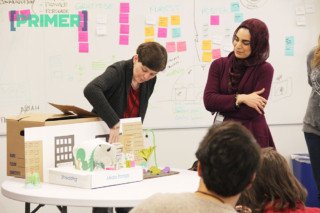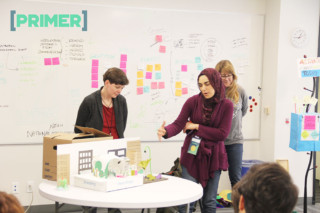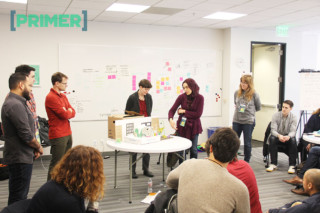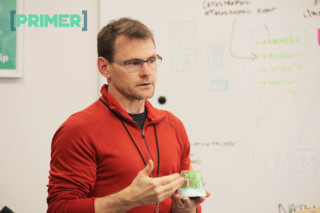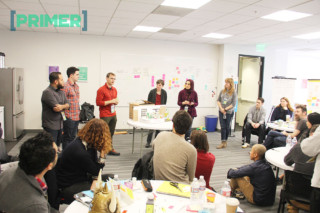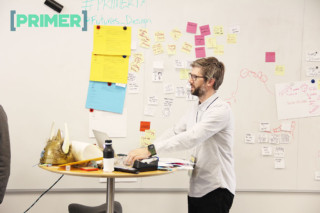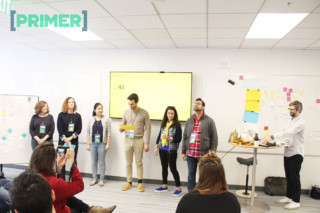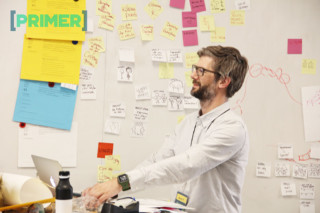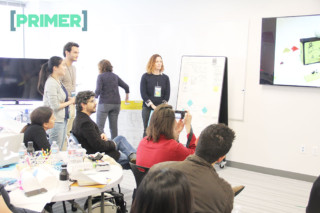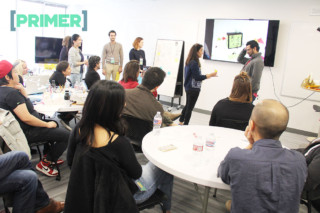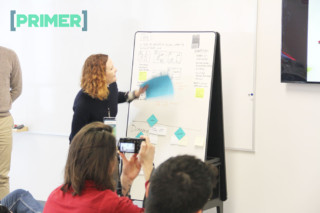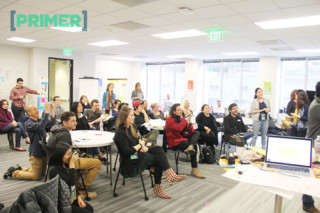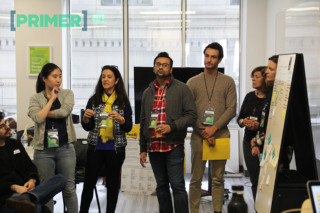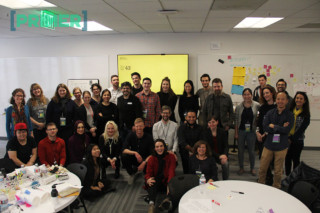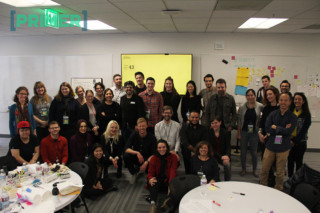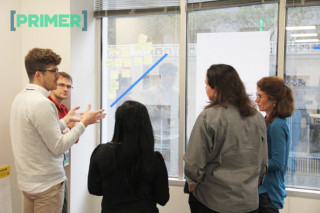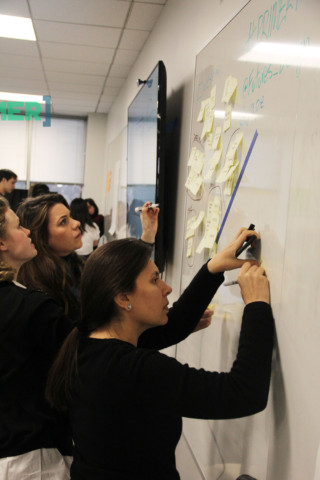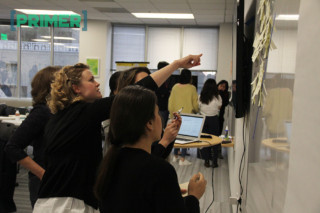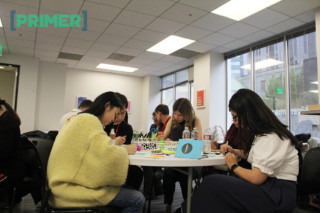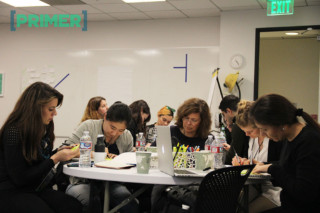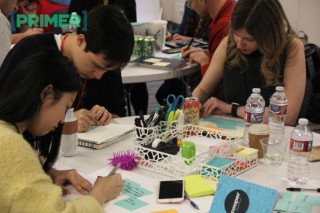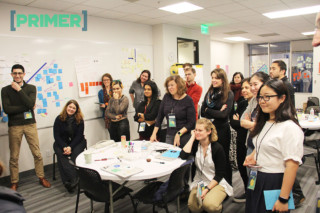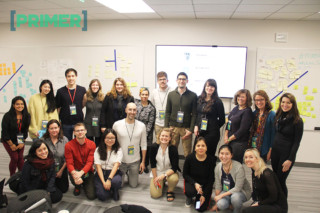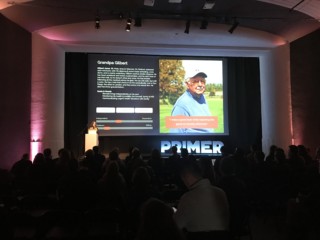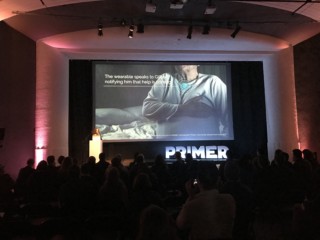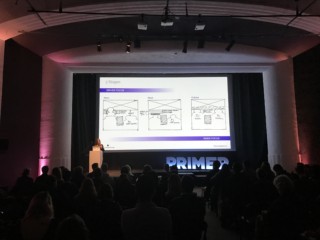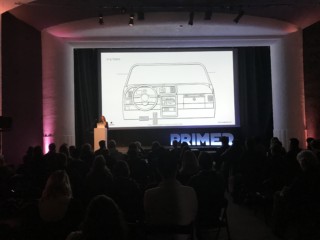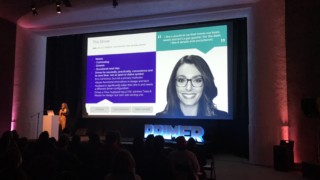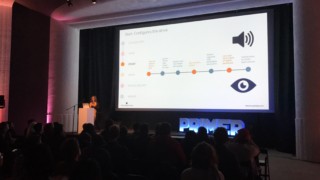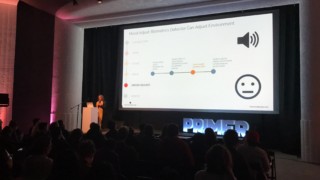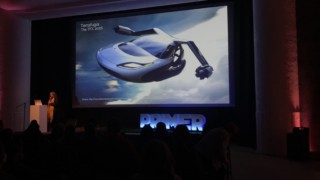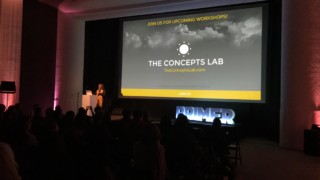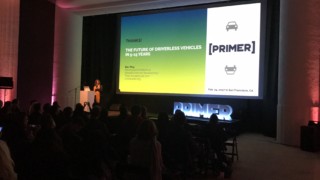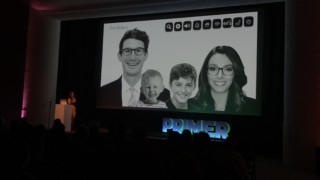LIMINA UX @ [PRIMER]
An interview with Phil Balagtas
I have known Phil Balagtas for a little over twenty years. Back then we were budding designers figuring out how to apply the little design knowledge we’d learned into digital projects while learning new applications and tools to make it happen. Fast forward to today, Phil is now Design Director at GE Aviation Digital Solutions where he leads a team of designers working on software solutions for airlines and the industrial Internet of Things (iIoT). He is also the founder of Design Futures which formed the Speculative Futures meetups, based in San Francisco.
Speculative Futures is a group for those interested in Critical Design, Speculative Design, Design Fiction, Discursive Design, Futurism, Science Fiction or any other incarnation of the approach which involves using Design to speculate about alternate futures. The group hosts speakers, practitioners, teachers, students, and other professionals who talk about work or methods. They also host workshops which teach members to conduct and apply design fiction in a variety of circumstances as a method of synthesis and education.
This past week, Design Futures held the very first Primer Conference, a conference to prepare for the future and to help equip people to shape it. A gathering of cutting-edge designers, strategists, thought leaders, architects, and educators to share work and process to prime us for the challenges and opportunities the future may hold.
You’re probably asking what does this have to do with Limina and more importantly UX? Glad you asked! Limina sent me to San Francisco to find out. I have set a few questions for Philip and here are his thoughts on the future and how UX plays a major role.
Limina: Could you give us a bit of your background, your journey to becoming a UX’pert?
My first degree is in graphic design (print) but I became a web designer (visual and front-end) right out of college. It wasn’t until I moved to SF in 2007 that I became really interested in user research and field testing designs. It was at that point that I decided to become a UX Designer.
So I enrolled at California College of the Arts to get my MFA in Interaction Design and have been doing UX ever since. I don’t really consider myself an expert, but there are things I’m passionate about and I pursue those things tirelessly and the more I learn the more I can share, but even in those areas, I’m still learning and having a lot of fun doing it.
Limina: How did the Speculative Futures Group came about?
I discovered Speculative and Critical Design in grad school after watching the documentary by Gary Hustwit, Objectified. One segment is on Anthony Dunne and Fiona Raby and their project, Technological Dreams Series: No.1, Robots. I was enthralled by how design could be used as a statement about the future but also how they questioned the role and impact of design. So I formulated my entire thesis using Speculative Design. After grad school, I didn’t do much with the work and got a job in software.
It wasn’t until I saw a speculative project by SF-based design agency, Method, win an award for their project, Method Money, that I renewed my interest in it. I loved the field so much that I decided to form the meetup just so that I could have a place to talk about it and show people the work.
I wasn’t sure if anyone would have an interest in it or if there was anyone who would come talk but I was lucky enough to find people in the bay area, and now that we have this platform they just keep popping up. I also wanted to teach others how to design for the future. I wasn’t great at it, but I learned a thing or two doing my work and knew there were many futurist frameworks out there that I could use.
Part of the Speculative Futures meetups are also training classes where we focus on methods. Since I didn’t really have that kind of training when I was interested in it, I figured I’d do everything I could to help others learn.
Today, we have over 900 members across the San Francisco and Austin chapter and it’s growing every day.
Limina: Why did you decide to organize the Primer Conference?
After a year of running the Meetup, we discovered that people were really interested in the topic. I took the show on the road and spoke at conferences and taught workshops and would always find people asking for more. So we decided to have a more “glorified” meetup so that we could fly some of the designers that we talk about over for an event. I didn’t really want to call it a “conference” because it felt like a lot of responsibility. But the more we planned, the more we realized that it was going to have to be something much bigger, something designed and curated. There were several hiccups along the way including losing venues and volunteers, but we kept on trying and eventually things lined up enough to do it.
Limina: Congratulations on your successful first Primer Conference. You did a great job putting the panel together, a group of future thinking people who are well respected in their fields/disciplines. What was really impressive is the diversity of the panel. How did you find them and why did you choose them?
I always knew who I wanted to invite to the 1st conference and I reached out to them first. I had been talking to several people about it for a while so people were very excited to be a part of it. Then we announced a call for submissions in the late summer of 2016. We received 27 submissions for talks & workshops and had a team of judges score the work. We stripped out all names and information to remove biases and only gave the judges the title, description, and additional video footage for stage presence grading. This allowed us to really focus on the content and delivery.
Talks were scored on diversity (cultural, gender, discipline), theme-fit, articulation, originality, and speaker experience. We wanted to make sure there was a good representation of topics and that we could program a content arc that would deliver a variety of inspiring talks. We knew we didn’t want it to be too academic or too conceptual and had to have just the right balance b/w theory, making, and vision.
Limina: The theme for this Primer is “Emerging Pathways” forging connections between fields and disciplines. We found they all have one big thing in common, UX. Please explain the importance of UX for the future.
We are really trying to democratize this process. Futures design thinking is just strategy and risk aversion. We all do it and manifest it in different ways. Futures Design Thinking is just another form of Design Thinking with a few more parameters about how you think about the future. “Emerging Pathways” had a few connotations. One is expressive of our mission which is not only to speculate on how the future might unfold and how design could play a role and impact society but also to create strategies. One element that we believe is missing from some of this work is the need for how to make it part of today’s agendas.
If we create a speculative work and really care about its implications, we have to activate it in the present. We have to create pathways toward a preferred future. And through this work, and the vehicle of UX, we can develop those paths..first through the manifestation and imagination of these futures and second by paving that path toward it or not toward it.
Limina: What was the most important thing you got out of Primer?
Connecting and inspiring the community. Many people were seeing this content for the first time and were so blown away by the work. Others who have been on the field a long time were surprised and grateful to find others from around the world that were thinking and doing the same things. We were happy to discover the global community and realize we were all in the same boat. It was so amazing to see people make new friendships and share views and energized by the new found connections they’ve made. I think a lot of us who did this work in school felt a little discouraged once we set off into the world because it was rare to see or meet others in this space. Suddenly we weren’t alone anymore.
Limina: What was the most fascinating future trend you are thinking about or anticipate to see?
Synthetic biology is a really interesting space. It’s science tech, not gadget tech. But it will give rise to new innovations toward curing disease and understanding and controlling the human body. While it may seem like “playing God” it will also allow us to explore things like growing food and delivering resources and capabilities to places where science can sometimes have a difficult time penetrating cheaply. I also look forward to the day where design isn’t a specialty but an everyday practice for everyone and we can all feel empowered to think about the future and design it the way we want.
Limina: Where do you see the future of UX?
Just as we saw the rise of UX, we’ll start to see more specialized forms of research and design. New platforms such as VR and Agentive AI will deliver new challenges. And as automation starts to proliferate into many industries, humans will start to shift the way they work and live creating new opportunities for design mitigation. New frontiers are surfacing off the screen which will transform and question how design plays a role.
Limina: Any advice to budding UX’ers?
Always look for the gaps. There are a lot of problems to solve out there and you can apply your craft to anything really. But to become really innovative either in process or product, you need to be able to identify where those opportunities are. You are never a master. Doing UX bootcamp or a 4 month certificate doesn’t make you an expert UX designer. The world is changing faster than ever and if you can’t build up the experience to adapt quickly you’ll get eaten up or become antiquated.
The world needs great design on many levels, continue to challenge yourself and learn and design everything. The spectrum of skills needed to be a great designer is growing. We’re now being asked to be strategists and operate at many levels of organizations. Identify what’s necessary to bolster your skillset across this spectrum and go out and get that experience. Remember, UX is not just wireframes, it’s problem-solving and facilitation.
EPILOGUE
In summary, we’re stoked to participate in Phil’s Primer Conference and to delve into and support upcoming Speculative Futures events. Here are some closing thoughts:
Why Speculative Futures is an important focus for UX?
- Technology won’t stop evolving
- UX is the glue that binds emerging technology with its users
- Cultural evolution lags behind the technology curve.
- UX supports the Discovery, Research, Engagement, and Evangelizing of new technologies
How UX as a practice can be used to support speculative futures (R&D)?
- User/Scenario Research
- Design concepting
- Rapid prototyping
- Usability testing
What Limina does to support emerging tech?
- Business Intelligence dashboards
- Global Drug Discovery Dashboard for major Pharmaceutical Corporation
- Travel Management provider dashboard
- Cyber and Facility threat detection and management dashboards
- Integrated Digital workspaces
- Enterprise Content and Process management systems
- Automated workflow management systems
- Mobile / Gig Economy
- Apps to drive mobile businesses
- EduTech
- Advancing Digital Learning and Collaboration
- BlockChain analysis (stay tuned for our official PR)
ADDITIONAL READ: Core 77’s Review of [PRIMER]
